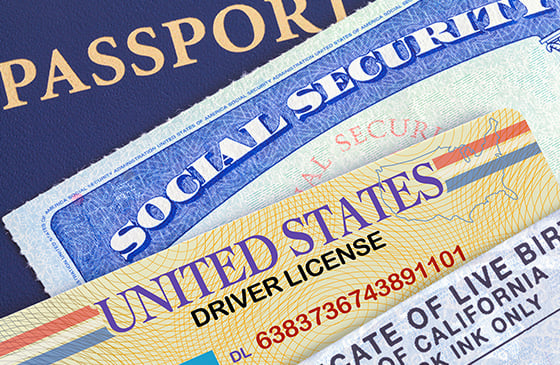Sending a Domestic Wire

Sender’s Information
- Your name.
- Your physical address. (Please note that we cannot use PO boxes.)
- Your telephone number. (Include a number at which you can be reached to verify instructions, as processing may be delayed if we are unable to verify the request.)
- SELCO member number.
- SELCO share ID to debit.
- Outgoing wire transfer amount in US dollars.
Beneficiary’s or Receiver’s Information
- Routing number of receiving bank. If you are unsure of the routing number, contact the receiving bank to get the appropriate incoming wiring instructions.
- Name of bank receiving the wire transfer.
- Address of bank receiving the wire transfer.
- For each wire transfer beneficiary, provide the following:
- Bank or loan account number to deposit funds.
- Name of the beneficiary on the account.
- Physical address for the beneficiary on the account (Please note that we cannot use PO boxes).
- Comments or special instructions to transmit with the outgoing wire, if applicable. These include “to the attention of” instructions or invoice, purchase order, or reference numbers. The beneficiary should tell you if any of these fields are needed.
Here is a downloadable and printable form to use as a guide for when you fill out and sign your Wire Transfer Request.

General Information
- A wire needs to be signed and submitted by 2:00pm PST to be sent out the same day.
- A domestic wire may take up to two business days to be received by the other financial institution.
- Please see the Current Rate & Fee Schedule for any applicable fees.
Tips for preventing wire fraud
When sending a personal wire:
- Never wire money to claim a prize, pay a surprise bill or fine you weren’t aware of, or to someone you don’t know.
- Beware of situations where someone is going to send you money and then have you wire it someone else.
- Make sure that the payee of the wire makes sense for the reason it’s being sent. For example, if sending a wire for a business purpose, it should not be sent to the account of an individual.
- Remember that sending a wire is like sending cash and can be very difficult to recover once the funds are gone.
- Title companies and real estate transactions can be high targets for wire fraud, verify any change in wire instructions directly with your title company.
- Beware of situations where someone is asking you to wire “emergency” funds or other high-pressure requests.
When sending a business wire:
- Establish a process for the request and approval of wires that includes a verbal verification of the request. Do not process wires based solely on an email request.
- Make sure that the payee of the wire makes sense for the type of request you’re fulfilling. For example, if sending a wire to another business, it should not be sent to the account of an individual.
- Remember that sending a wire is like sending cash and can be very difficult to recover once the funds are gone.
- Title companies and real estate transactions can be high targets for wire fraud, verify any change in wire instructions directly with your title company.
- Beware of situations where someone is asking you to wire “emergency” funds or other high-pressure requests.